Any succulents that do well in an East facing window?
jentsu926
8 years ago
Featured Answer
Sort by:Oldest
Comments (20)
jentsu926
8 years agoRelated Discussions
my indoor succulents are not doing so well
Comments (14)hi there - so i've been lurking to wait for more info and pics of your plants. actually, they seem to look pretty good, what are the indicators that they're not doing well - the fact that they're not growing quickly? generally succulents will be slow growers, especially if they're not getting a lot of sunlight. your herbs are growing quickly because a) herbs (and it seems lots of leafy plants) grow quickly in general and b) they're outside getting a lot of sun. just reiterating what everyone else has said, but i definitely would not water them at the same rate as the herbs. Also, the burrito tail, and any succulent that has particularly fat and juicy leaves will need less water than other succulents (elephant snack) because they are retaining a lot more water in those plump leaves. finally, in general, while the container size might not seem large, I think people are just wondering about the soil ratio - basically, if there is too much soil (due to not enough of a gritty mix, or due to a too-large pot and etc), then water stays in there longer than it takes for the roots to take them in, which then causes root rot. One thing about the pots (which are super cute btw) is that even though the pots have drainage holes, the way they are constructed (tall with a smaller opening) means less top surface area, which means slower rate of moisture evaporation, and so the soil will stay wetter for longer. anyway, all this just to say: water them a little less, like maybe just once every 2 weeks, and the watering doesn't have to be a total drench. if water is not coming out of the hole, that's ok! definitely if you can "let them out" and sit in the sun sometimes, i am sure they'd appreciate that. see how that goes before you go crazy trying to mix up the soil and disturb your plants. definitely if you figure out how to create your gritty mix then by all means do, but for now, yeah, less water and a some more sun. also, sorry for being wordy - not trying to be too technical, but i just tend to like understanding reasons for why things work the way they do....See Moreplacing orange and lemon tree in a east facing window?
Comments (5)Yes, an East window will be ok, but you will not get the kind of growth that an West or South window can proivde.. If you are ok with a healthy green tree with very few buds, fruit, and elongated growth until next spring, then it will be ok.. if you want phenominal growth, then adding lights is a must. Mike...See MoreEast facing window sill
Comments (20)An extremely high % of inquiries about how much light plants grown indoors can tolerate are being misdirected, this, because the main determining factor is usually to what degree heat from passive solar gain raises leaf temperatures. We all know that a portion of the energy contained in light waves turns to heat when it strikes an object. In the glass/glazing world, this light-to-heat change is called passive solar gain, and the leaves that do so well at capturing photons and turning their energy into carbohydrates (the plant's real food) are also capable solar collectors that turn light energy into heat, and therein lies the rub. Almost all homes now use IGUs (insulating glass units) with at least 2 lites (a 'lite' is a piece of glass) of glass. With the sun at 30* to the horizon, an IGU with no special features (plain glass) will transmit about 79% of the visible light that strikes the IGU's surface, and 70% of the light that strikes the window will be turned to heat energy. That's a lot of heat. Just for comparison, IGUs with pyrolytic coatings like low-e, might transmit 69% of visible light and turn only 27% of the light that strikes the IGU into heat energy. Add a tint to the IGU with a low-e coating, and the visible light transmittance changes to only 48% while the light-to-heat change rises to 50%, which seems an anomaly, but isn't. If there is interest, I'll explain. What you should take away from the comparative numbers is that window features can have a profound impact on your plants' well being, and heat build-up is actually a larger problem than photo loads (light levels) in most cases. We know that light energy striking leaves creates heat which is absorbed by the leaves. surrounding leaves is a layer of still air called the boundary layer. It's primary job is to raise humidity and slow evaporative water loss from leaves. Unfortunately, dead air, which is essentially what the boundary layer is, is an excellent insulator that very effectively acts to trap heat within its boundaries. This can quickly raise leaf temperatures high enough that severe death or damage to the leaf is inevitable. Heat damage is much different than damage from high light loads. Light loads that are too high actually produce H2O2 peroxidase. H2O2 is hydrogen peroxide, which destroys/oxidizes chlorophyll and any other organic molecule it contacts. What we've learned: * Almost all plants are capable of withstanding the photo load that passes through windows without suffering photo-oxidation (sunburn). * The problem is more often heat build-up in leaves than damage from light (but plants do need to be acclimated to significant increases in photo loads). What you're going to learn if you stuck it out this far: There's a fix for heat buildup. Put a fan in the room during the brightest part of the day. The moving air disrupts the boundary layer and allows heat to escape the leaf and be lost to the surrounding air. Al...See MoreUpdate and pictures. indoor plant by east facing window
Comments (13)I have anthurium, very easy to care for. Its planted in Al’s “5-1-1” mix, which is 5 parts pine bark to one part sifted peat & 1part sifted, coarse grade perlite. I water about 2-3x/wk in summer, depending on temps & fertilize weakly, weekly. (1/4 tsp per gal.) I keep this plant East-facing but underneath another plant on a 2-tiered plant stand, which is parked under a large but somewhat open-canopied maple tree so the anthurium gets bright but shaded morning/early afternoon sun. This plant blooms religiously for me every August. It comes from the South American rainforest, so bright, filtered sun; high humidity & frequent watering are what it needs. I bring it back inside each fall late in season, when temps hit around 40F at night & send it back outside in spring when temps are 50+ at night. Don’t want to shock it after 5 months of consistent 70-75F indoor tmps. Also, there are a few Oxalis bulbs that mysteriously found their way into this pot (Idk how?) but I felt sorry for the little orphans so I let them stay. They seem to like the care, so my pot of Oxalis gets the same treatment, but w/o other plant on top, so it gets a bit more sun. This plant has also been a reliable, season-long bloomer & easy to care for, so oxalis may be another easy option for you, should you want to have more than one plant. It’s deep burgundy leaves & delicate whitish/pinkish flowers add a lot of color to a room. Hope this helps....See Morejentsu926
8 years agojentsu926
8 years agoUser
8 years agorina_Ontario,Canada 5a
8 years agojentsu926
8 years agorooftopbklyn (zone 7a)
8 years agojamilalshaw26
8 years agoUser
8 years agohardcoreviolets
8 years agojentsu926
8 years agojentsu926
8 years agoaviolet6
8 years agohardcoreviolets
8 years ago
Related Stories
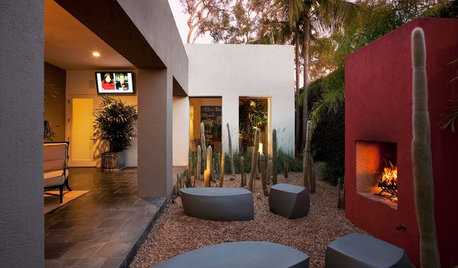
GARDENING GUIDES10 Creative Ideas for Cactus and Succulent Gardens
Arrange cactuses and succulents amid salvaged treasures, against a vibrant painted wall or in terraced beds
Full Story
MORE ROOMS8 Colors for South-Facing Rooms
Choose one of these soft, cool colors to tone down the sun shining in
Full Story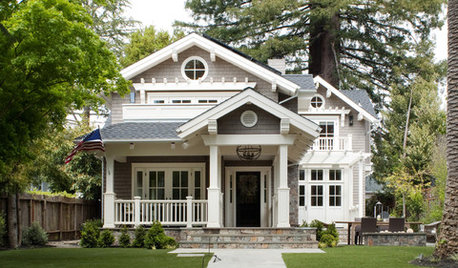
HOUZZ TOURSHouzz Tour: A Family Home Grows and Gets a New Face
An addition and an architectural renovation lead to an elegant yet comfy Craftsman for a California family of 6
Full Story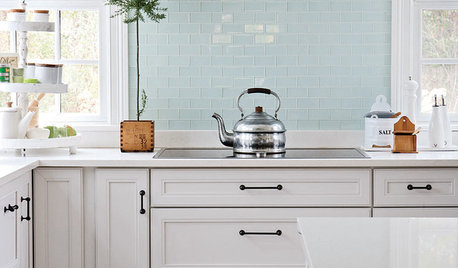
Indoor Gardening: Herbs and Succulents
Pop easy-care plants in a sunny window for beauty, fragrance and flavor all year
Full Story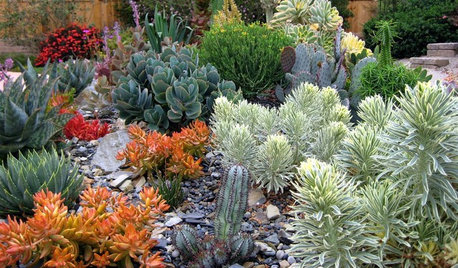
GARDENING GUIDESA Beginner’s Guide to Growing Succulents
Their easy-care reputation is well-deserved, but a little TLC will turn succulents into star plants
Full Story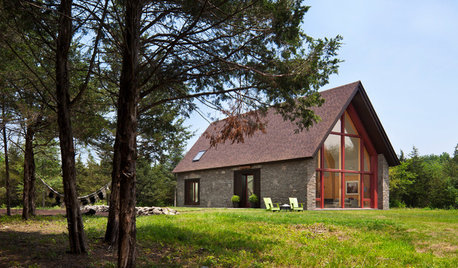
GREEN BUILDINGInsulation Basics: Designing for Temperature Extremes in Any Season
Stay comfy during unpredictable weather — and prevent unexpected bills — by efficiently insulating and shading your home
Full Story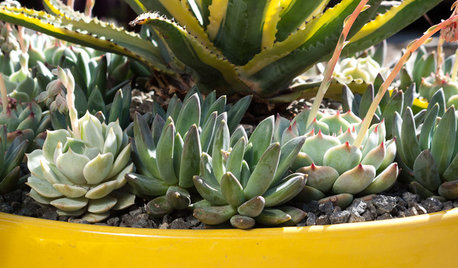
CONTAINER GARDENS3 Steps to Creating Quick, Easy and Colorful Succulent Containers
Take a bright container, add a colorful succulent or two and have a professional, summery design in minutes
Full Story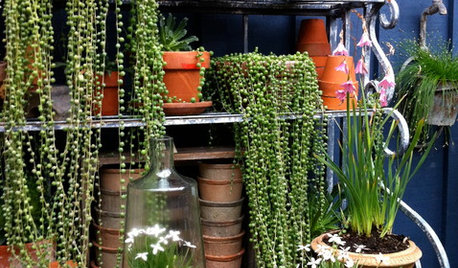
HOUSEPLANTSCascading Succulents Bring Fun Shapes to Your Indoor Garden
For eye-catching spillers with delicate beauty and minimal needs, it's hard to beat these 2 trailing houseplants
Full Story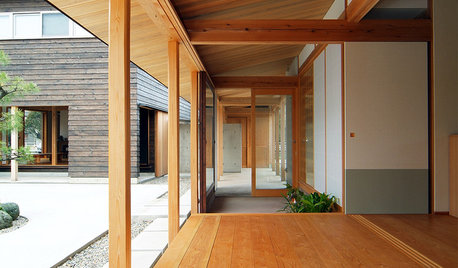
HOMES AROUND THE WORLDEast Meets West in 3 Modern Japanese Homes
Contemporary Japanese houses often mix traditional and Western elements. These hybrids offer the best of both worlds
Full Story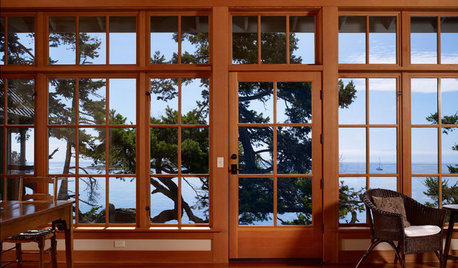
LIGHTINGHouse Hunting? Look Carefully at the Light
Consider windows, skylights and the sun in any potential home, lest you end up facing down the dark
Full Story


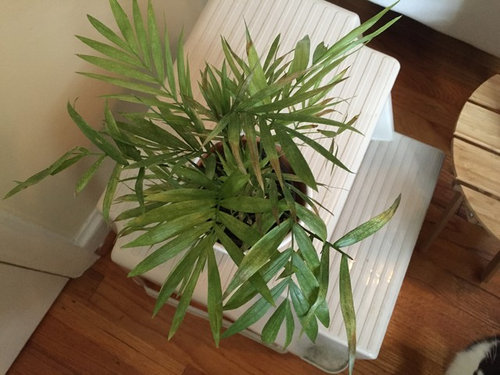
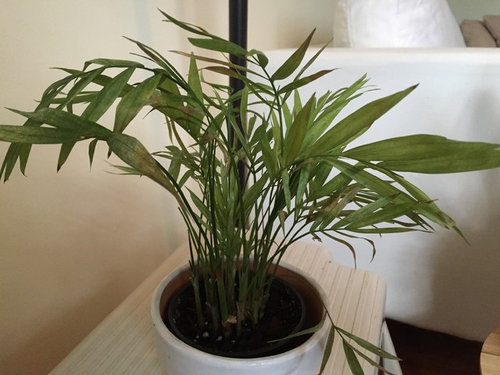
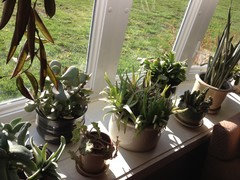


User